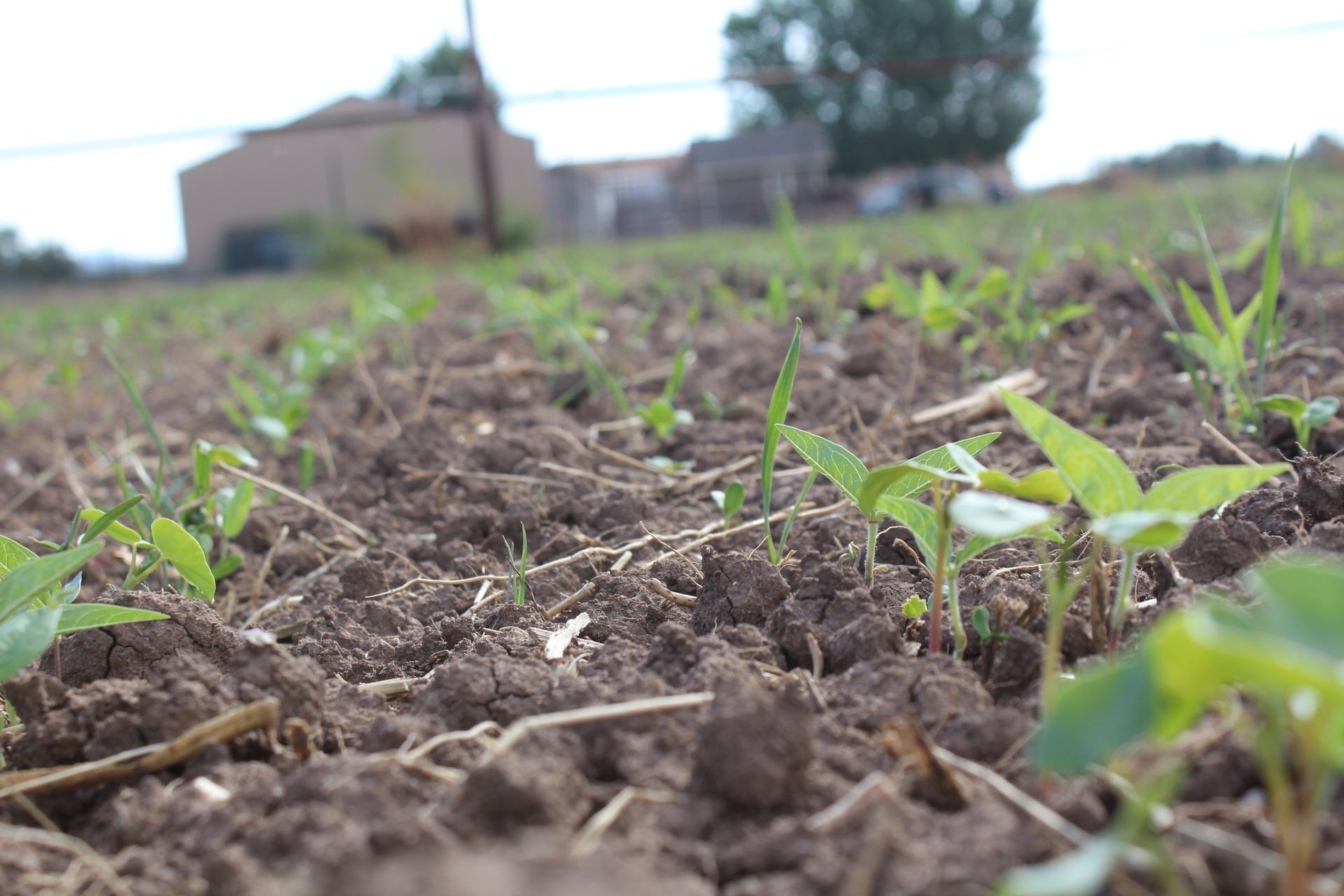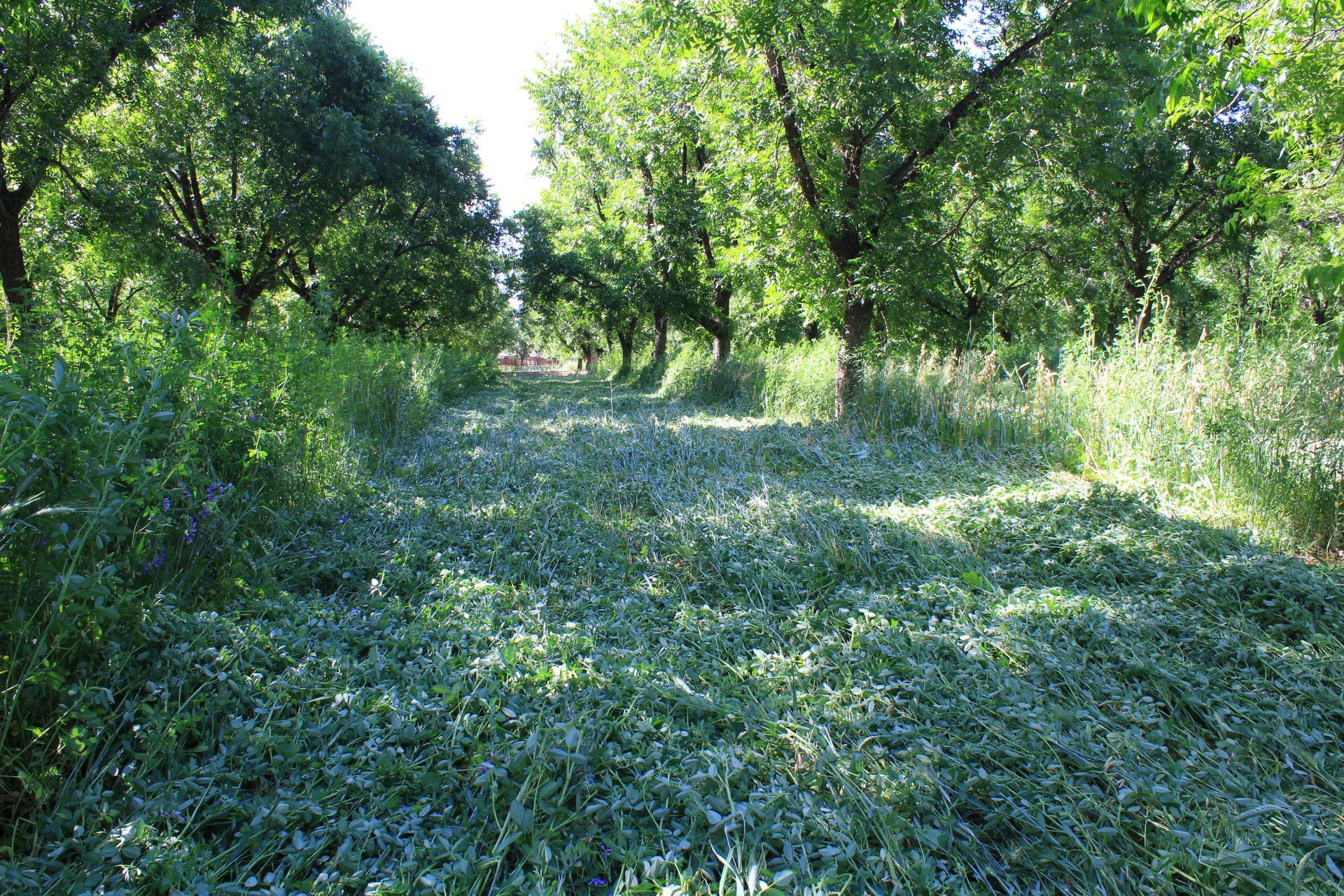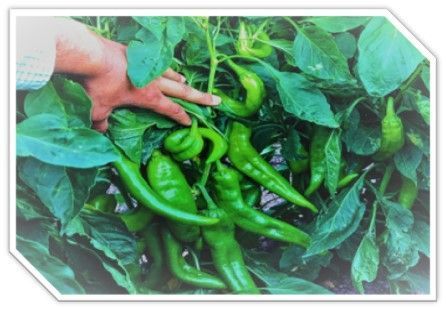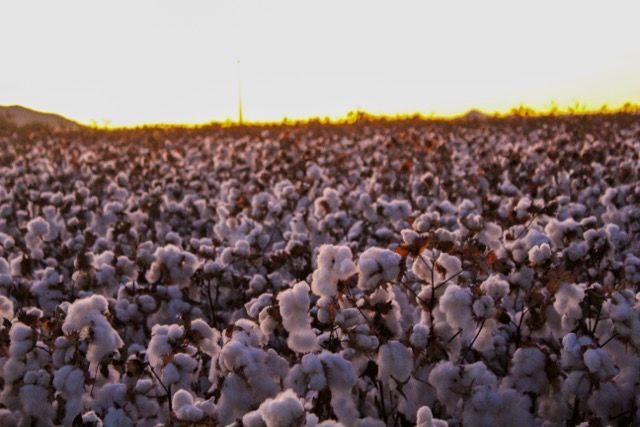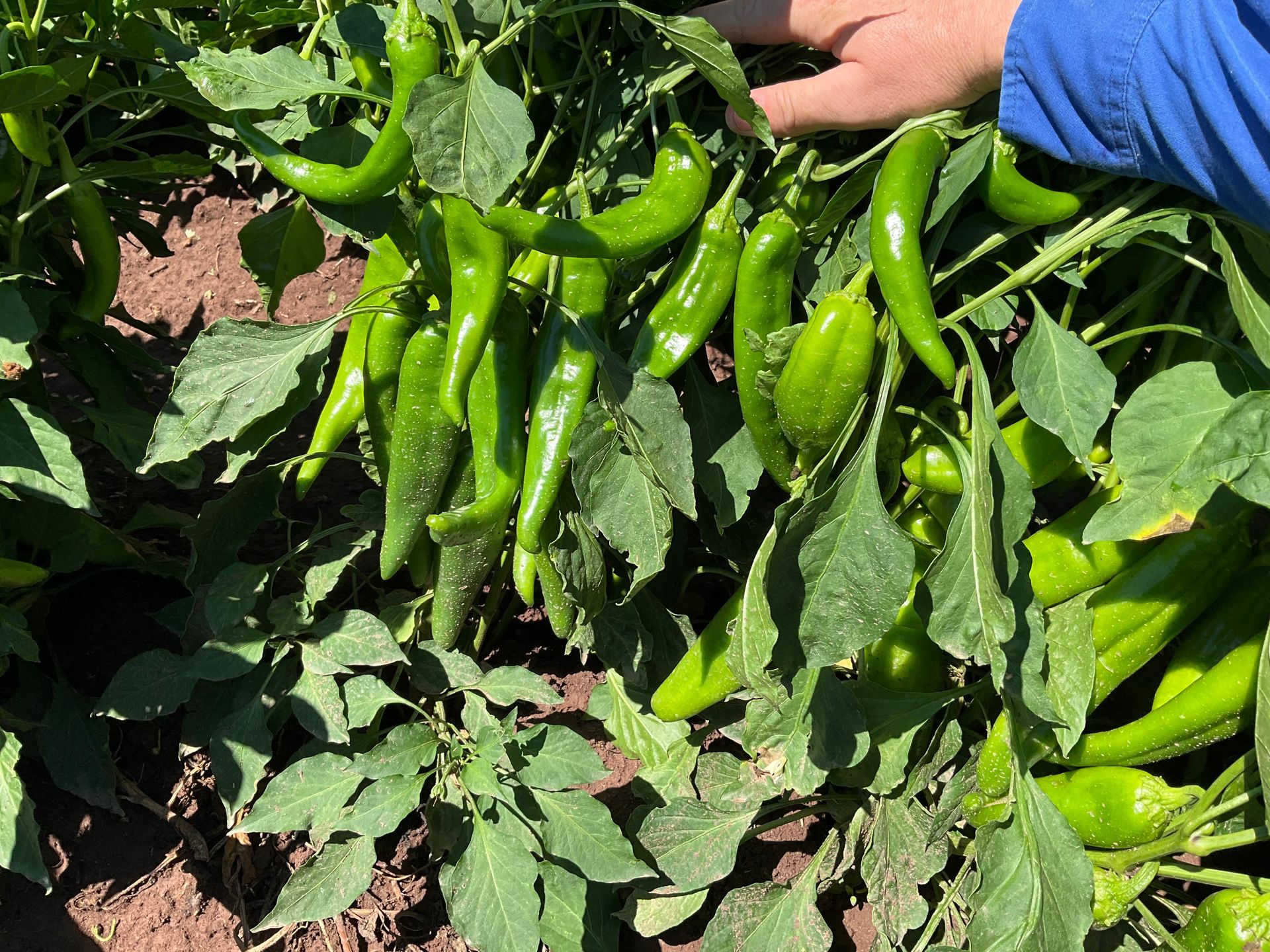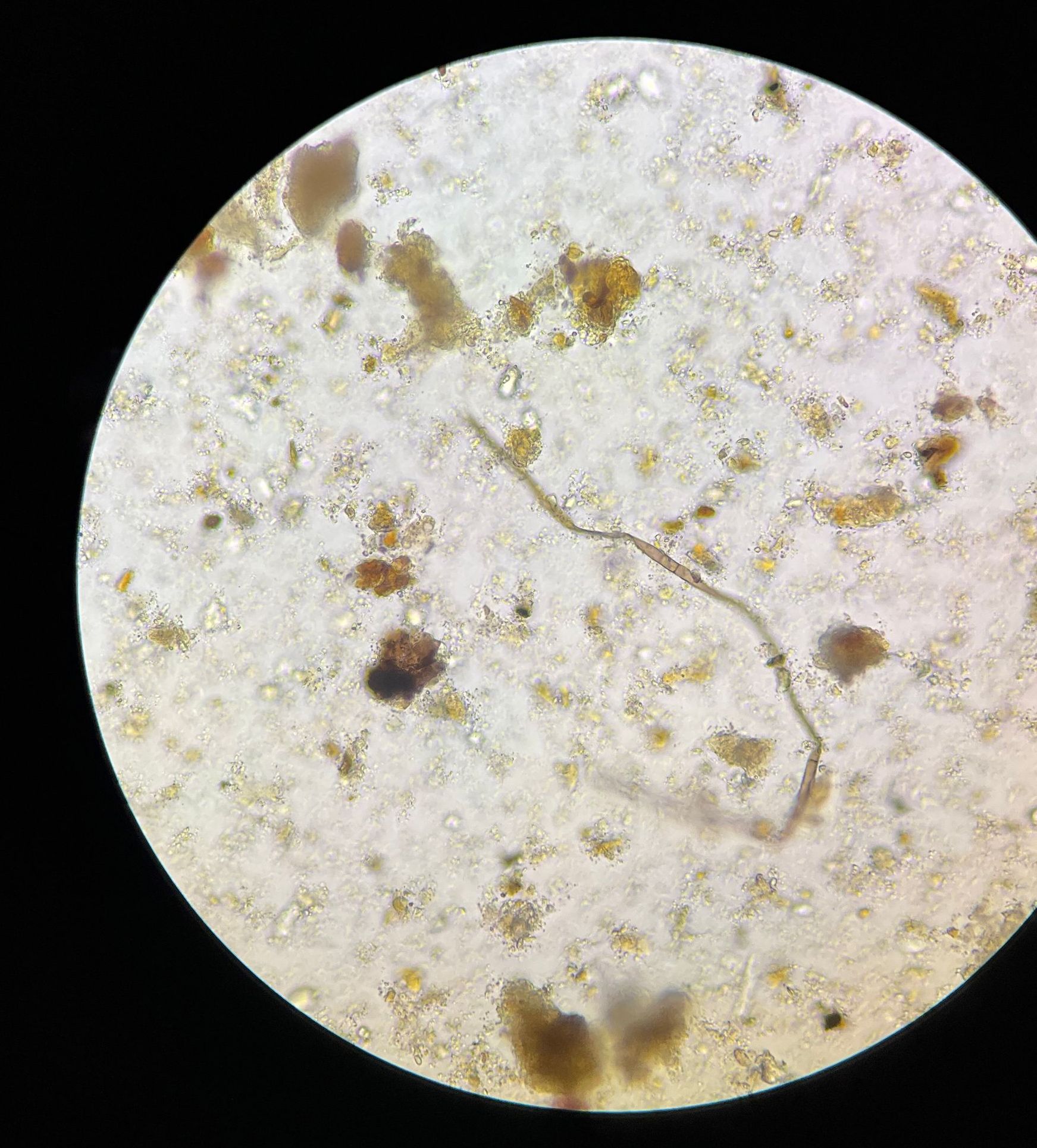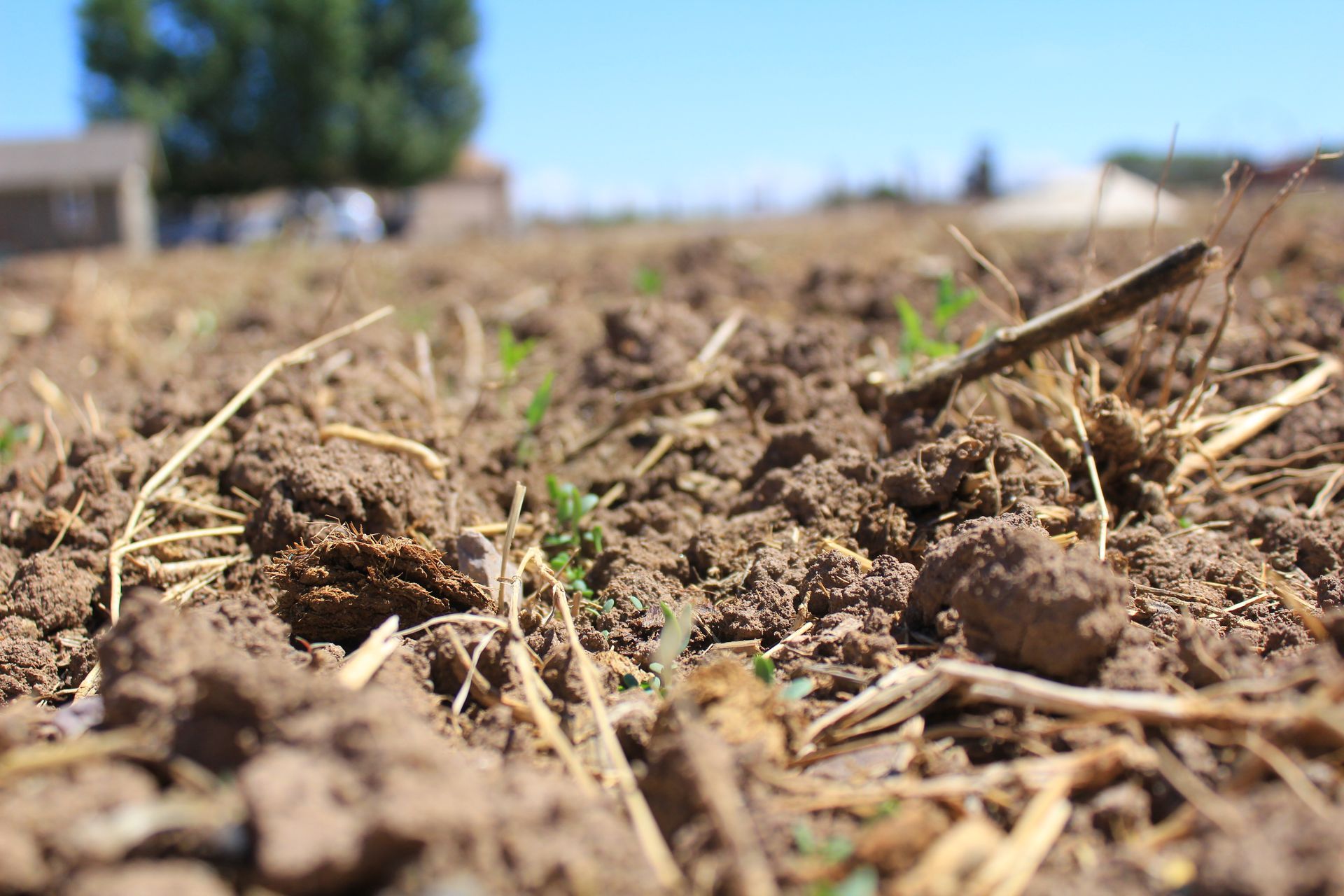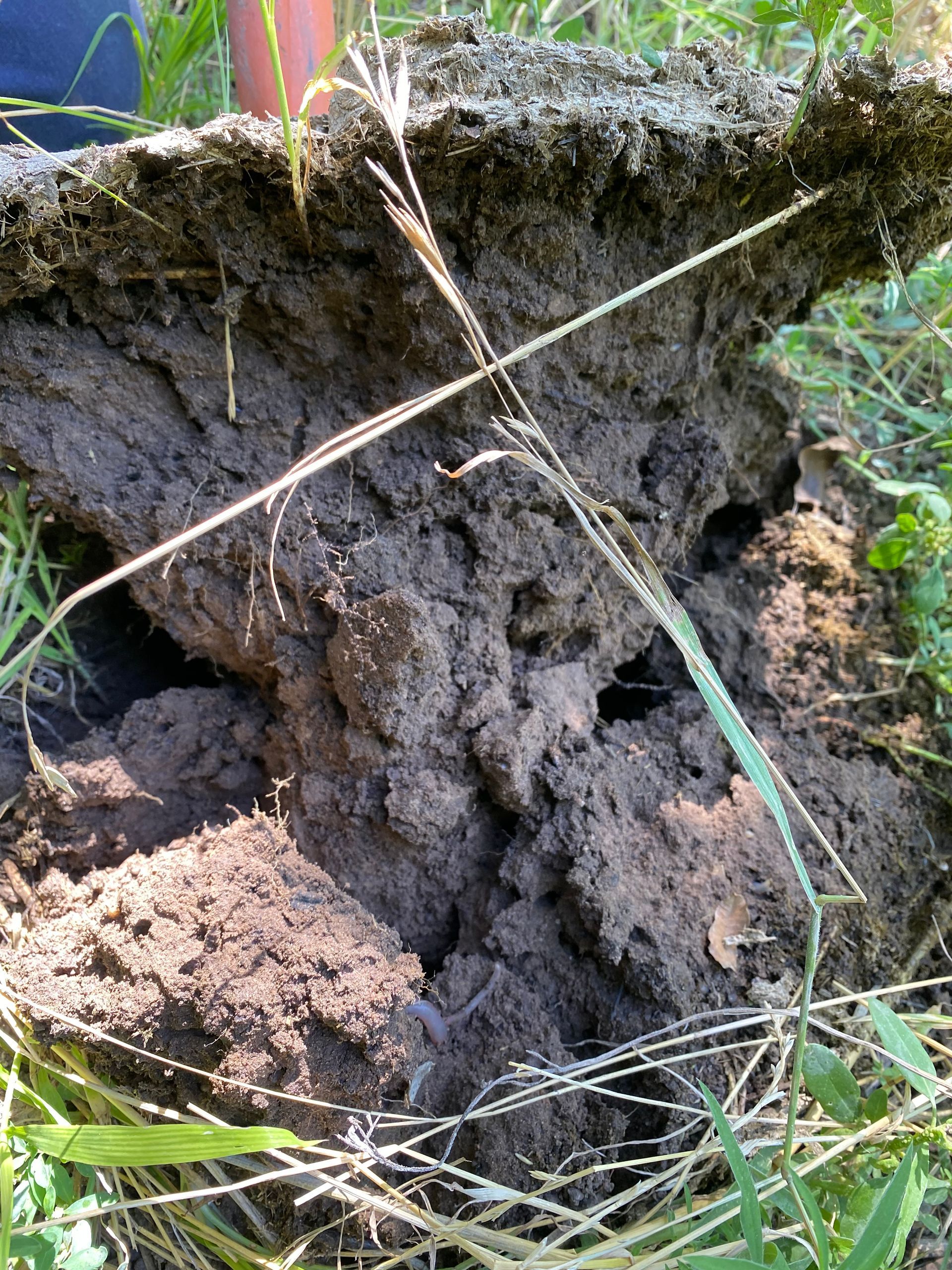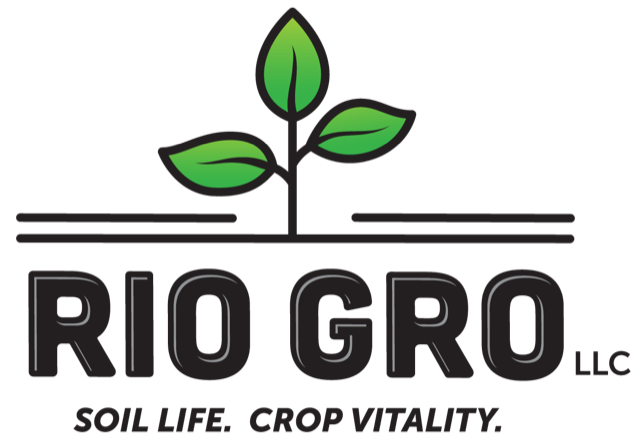Livestock Integration - A Powerful Tool!
Livestock play a major role in transformation – Use them!
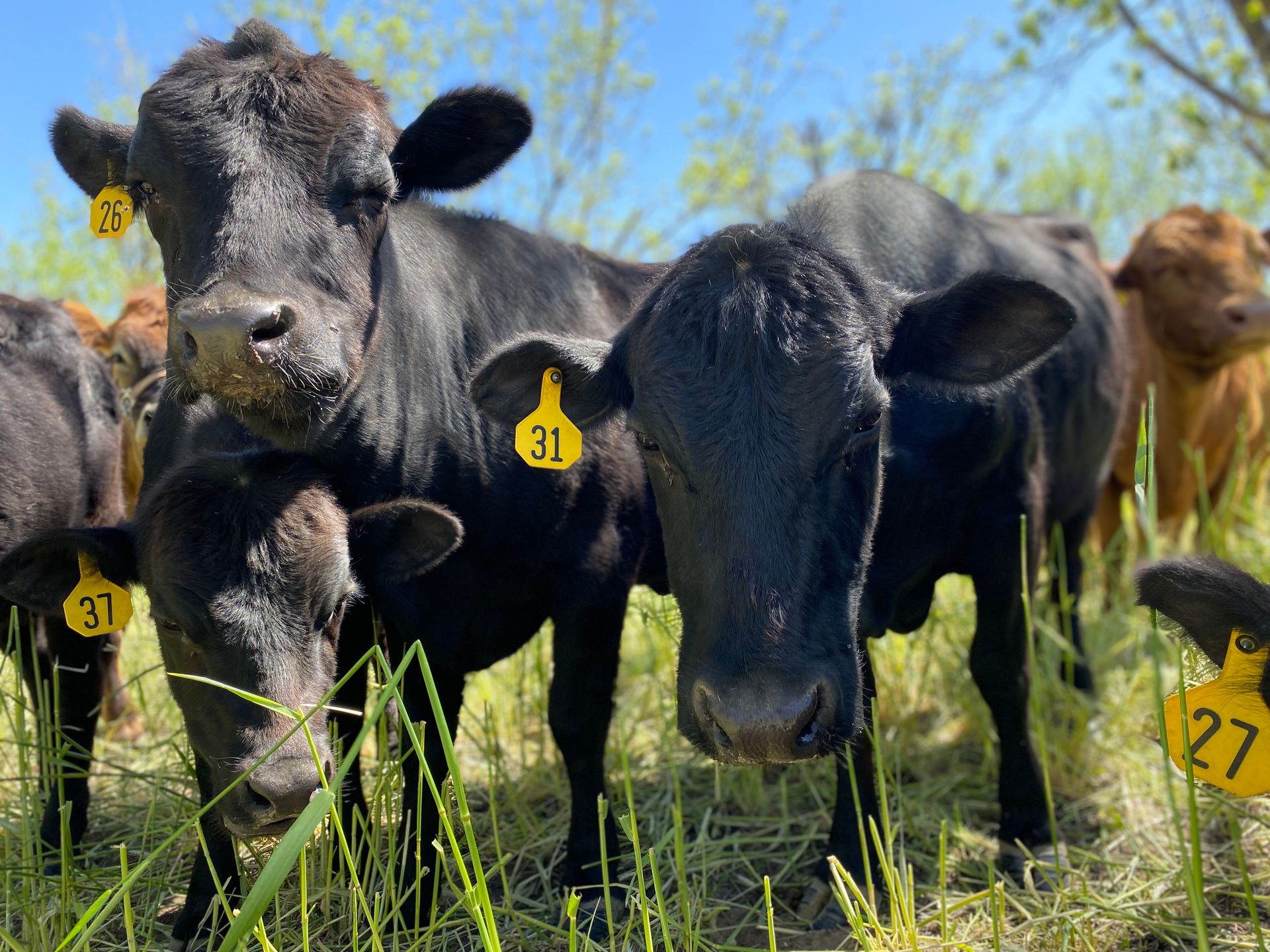
As you travel to a new region within our continent, there are many things that change including culture,
landscape, climate, food, resources, terrain and etc. One cannot expect to be successful in living in a
new area without first embracing these ‘new normals’ and adjusting to these new conditions. I relocated
my family from the fruit growing region of the Pacific Northwest to the Arid and Hot Southwest U.S., just
north of where New Mexico borders Mexico. Hot? Yes! Sunshine is present 300+ days out of the year in
this region. The winters barely qualify as cold and snow is a treat every 5 years, and only sticks around
for a day!
We began farming 120 acres of commercial producing pecans and began asking how we could increase
yields from 1,600lb per acre, to industry acceptable standards of 2,300lb per acre or beyond. We were
also well aware that with OM levels ranging from 1.3-2.3% this must increase in order to affect the
bottom line. If you’re reading this article, likely you understand that improving soil is crucial in order to
improve crop health, yield, quality etc.
To properly address the issues of poor soil health, there are many pieces to address, and determining
which one to do first can be difficult. For us, the answer to that question was to plant annual cover crops
which we directly implemented. After seeing instant results from this by observing nut quality increases
along with improved water retention, we began asking ‘how can we take the next step’? By the way,
asking good questions is the most sure way to find the best answers – we should not expect to find
good answers or solutions to our biggest problems if we do not first ask.
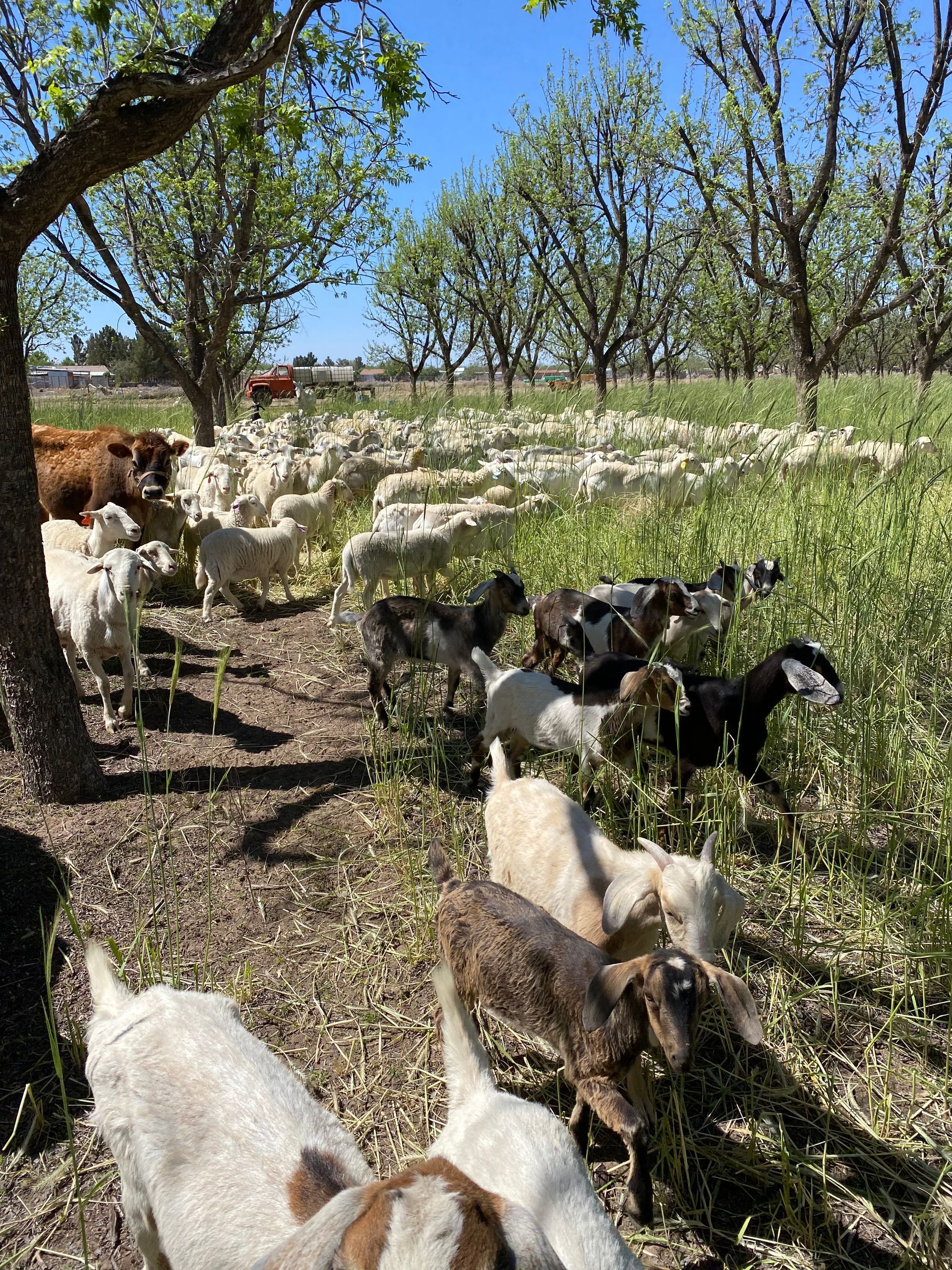
In 2020, 100 head of ewes and 5 cows were integrated into the crop fields. By April, there was enough
grazing vegetation to begin rotating through 5acres per day and in a short amount of time, we were
grazing 1 acre per day, moving the animals every 24 hours.
The results were exciting! After integrating livestock into your fields so much begins to happen as you
observe. I will try to touch on the high points here and undoubtedly, this article alone will not be enough
to list all of the benefits.
Earthworms know where to find a conducive environment. If you have worms in your soil, you will
quickly find them working in cow pies.
Dung beetles know your farm’s address! If they didn’t know it before, once you bring in livestock they
are quickly aware. I don’t think we understand the synergy of microbes and their communication with
all things underground, but once you have cow pies and sheep droppings on your farm, you have lunch
prepared for dung beetles. Within a few months, dung beetles made their first appearance as they
quickly and efficiently assist in incorporating the dung into the ground, where it becomes available for
microbes and plant roots to feed directly. These critters know how to get it done. Most cow pies are
invisible within 30-60 days.
Hoof impact from the livestock is not a negative. Many folks and old timers are aware of the compaction
issues resulting from overgrazing. This is certainly detrimental, however in a healthy system where you
are rotationally grazing cover crops and moving animals on a daily basis, compaction is not an issue. The
hoofs actually do enough disturbance to push some crop residues into the soil along with some of the
cow pies and etc., effectively incorporating the proper amount. Rest assured, these hoofs are much
better than going out to cultivate the ground in an attempt to incorporate residue in the soil.
Fungi and bacteria absolutely thrive with available food sources on the surface of our soils. Manure
from the above ground livestock are a perfect lunch for these “underground livestock” and microbes
now have a place to colonize on the soils surface. The saliva from these animals has enzymes that are
beneficial to biology and plant decomposition as well, which we will not go into further detail here…
One question we ask prior to implementing a new practice is this, “Am I hurting or helping the microbes
in my soil by this practice”? It affects nearly everything we do. I can guarantee by asking this you will
find a better answer…
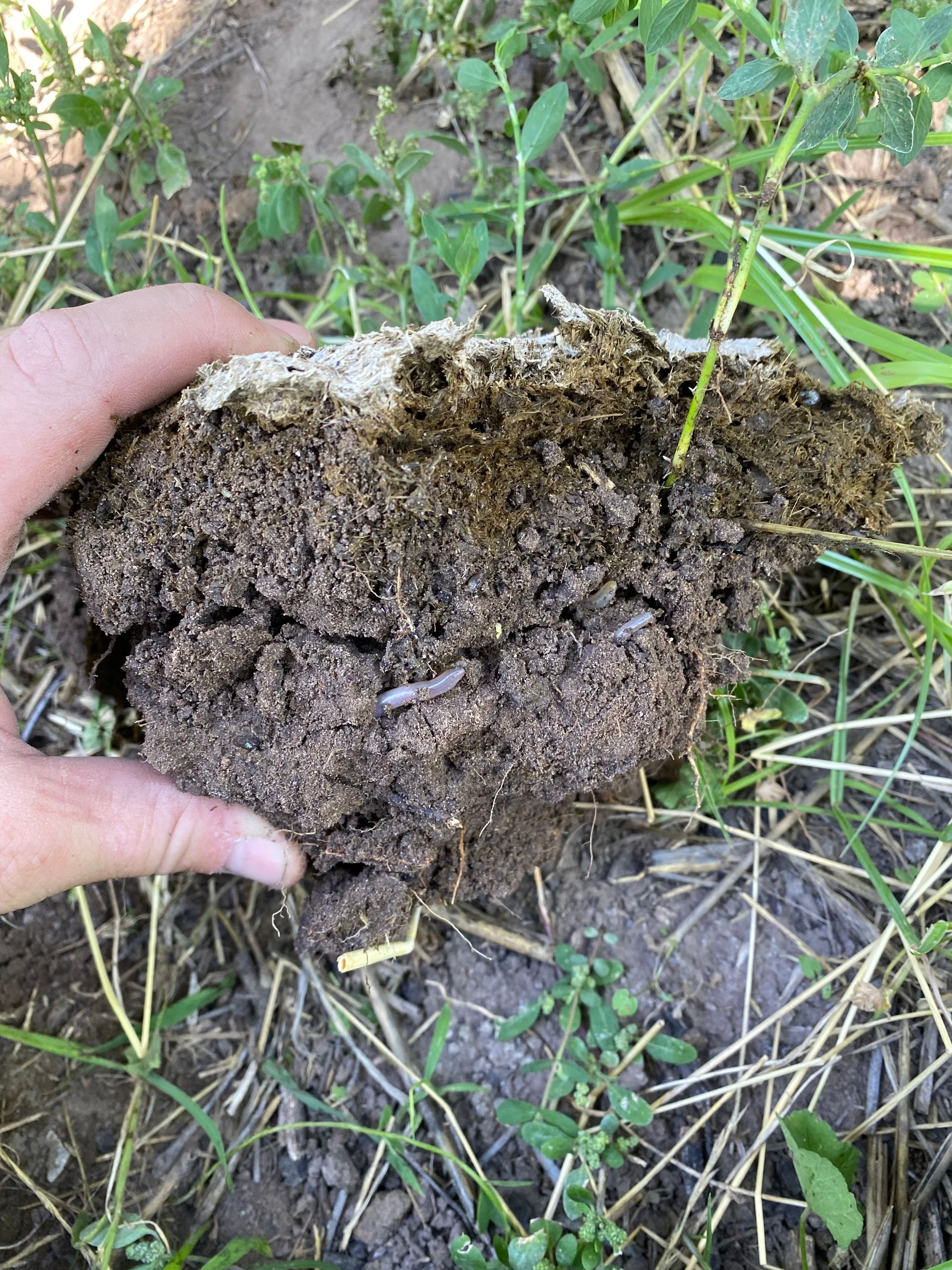
To summarize what we have seen over the past 6 seasons: Nut quality has been significantly greater
since implementing livestock into our operation, pecan yields have increased by 30% and OM levels
have increased to 2.25-3.15%. On those same acres, we now graze 160 ewes and 15 cows due to the
increase in cover crop biomass from the improved soil health.
One thing never changes when you move throughout our continent: Our soils need to be improved and
God created these animals to play a major part in that transformation. Use them!
